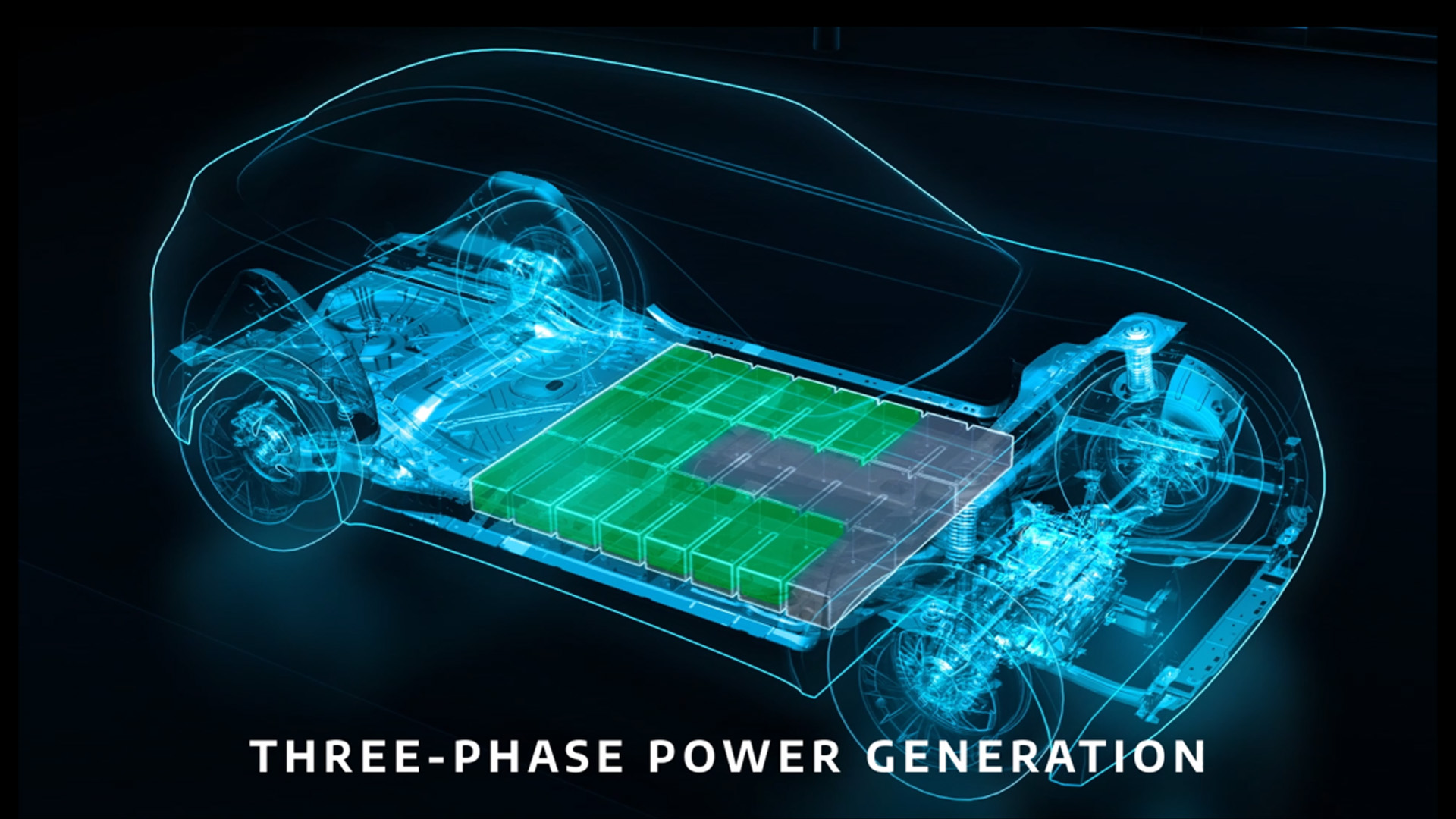

International automotive conglomerate Stellantis is behind in North America when it comes to deploying electric vehicles. That said, it just announced an interesting new battery construction method that could give it a competitive advantage in efficiency and packaging. It’s a technology the automaker calls the Intelligent Battery Integrated System, and it reworks how power electronics are integrated into EVs.
Almost all EVs today have a battery that consists of several smaller modules, inverters to drive the motors (one per motor), and a charger—effectively a rectifier. The charger turns three-phase AC from the grid into DC for the battery, and the inverter turns that DC back into three-phase AC for the motors. Typically these are three separate systems mounted somewhere in the vehicle, but Stellantis—along with a few European partners—has developed a system which gives every battery module its own charger and inverter. The results are potential packaging savings and efficiency gains.

EV battery modules operate at a lower voltage and current than the pack as a whole. My cheap electric go-kart uses a single module from a Ford Escape PHEV, for instance. Since the potential power a single module can discharge is lower than the entire pack, a simpler and potentially cheaper inverter can be used. The charging system can also be less expensive. Most importantly, it means that there doesn’t have to be dedicated space outside of the pack for these systems.
Stellantis says IBIS “enhances the battery electric vehicle range and is more reliable and less costly.” It cites the fact that the power electronics are so close to the battery cells themselves to support this claim. It’s probably not quite as simple as the company makes it sound, though.
This system is a compromise like any other, and while the automaker says it increases reliability, it also introduces more potential points of failure. It is true that low power inverters are considerably less expensive than their high-power siblings, especially if the module voltage and current isn’t very high. Likewise, the inverter and charger could share a single compact PCB, which is more difficult without this kind of system.

The pack itself could be slightly larger as a result of integrating these systems into each module; however, it’s still a big overall packaging advantage even if that’s true. High voltage lines would potentially only come from the battery to the charge port and then off to the motor(s), as opposed to traveling through intermediary systems. This simplifies vehicle wiring and packaging. The system could be a big deal for smaller, more economical electric vehicles where every inch of space is vital.
The automaker states IBIS has been tested on a demonstrator since 2022, and it’s moving forward with a fully functional prototype that will be tested on the open road soon. Before the end of the decade, Stellantis says, IBIS will be available on the company’s EVs.
Got a tip? Email us at tips@thedrive.com